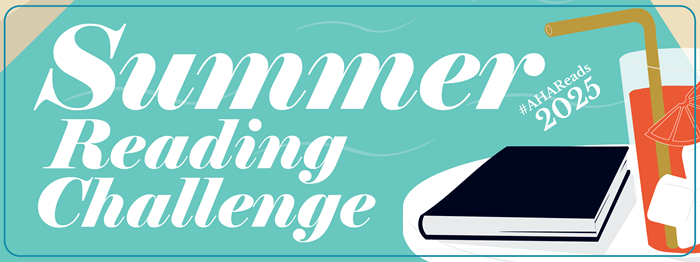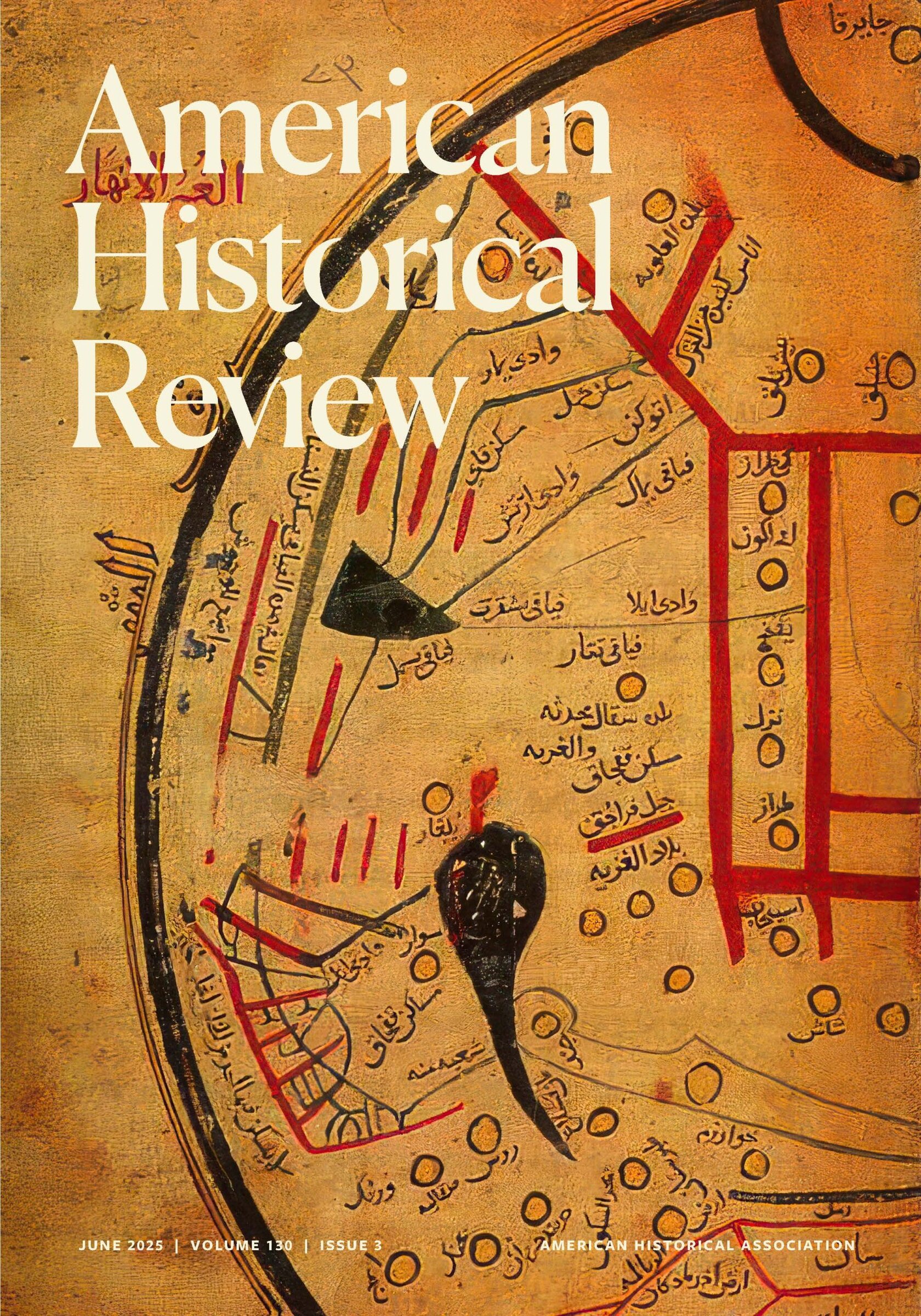Recent attacks on the intellectual integrity of museum exhibitions in Washington and a rash of cancellations at the Smithsonian Institution and the Library of Congress have raised an alarm that historical associations have answered. A group of academic and public historians met informally in January and April 1995 to discuss the growing threat and map out a course of action.
Late last summer, the Rockefeller Foundation came to the rescue with a grant to support the work of the Task Force on Historians and Museums appointed by Michael Kammen, president of the Organization of American Historians (OAB), and Arnita A. Jones, the OAH executive director.
The task force held its first meeting on December 6 at the Chicago Historical Society. Members talked at length about the central problem: how can museums secure the freedom they need to bring historical perspectives to bear on important public issues? Last April there had been considerable discussion about a museum historians’ “bill of rights.” Few who understand the collaborative nature of exhibit planning went away believing that “academic freedom” could provide any real protection. Conversation at the December meeting in Chicago explored a more promising alternative-developing criteria that institutions could use to determine who does and who does not have a rightful claim to participate in the exhibit-planning process.
The group also talked about two related matters. Visitors to museums often fail to understand that many historians and curators employed by history museums and historical societies believe that sometimes those institutions should mount exhibitions that encourage public discussion of Significant enduring historical issues. Newspaper reporters and television broadcasters who cover the museum beat have not been much quicker to pick up on this new op-ed exhibit function. The professors on the task force made the further observation that most academic historians have paid little or no attention to public history. Now they are even more bewildered by the flurry of controversy surrounding museum exhibits in the nation’s capital and the much-maligned National History Standards. The task force proposed measures to address each of these problems at the 19% annual meeting of the OAH and will continue to do so at future meetings. (See note below.)
Members of the task force are Robert Archibald (Missouri Historical Society), representing the American Association for State and Local History; Ellsworth Brown (Carnegie Museums and Library), representing the American Association of Museums; Sara M. Evans (Univ. of Minnesota), representing the OAH; Victoria A. Harden (National Inst. of Health Historical Office), representing the Society for History in the Federal Government; Edward T. Linenthal (Univ. of Wisconsin at Oshkosh), representing the AHA; and Patricia Mooney Melvin (Loyola Univ.), representing the National Council on Public History. There are also two at-large members: Lonnie Bunch (Smithsonian Inst.) and (Colonial Williamsburg). Sharon Caughill, assistant for professional affairs at the OAH, provides logistical support.
Note: Edward T. Linenthal, the AHA representative on the task force, reports that the task force members met on March 30, during the 1996 OAH annual meeting in Chicago, and will meet again in early May in Minneapolis. Discussion in Chicago centered on the responsibilities museums have to various interested parties (who are often referred to as “stakeholders”) and on the ways in which institutions have dealt with these obligations. The task force envisions a conference on these and related issues and will begin planning for one at its May meeting.
Cary Carson is chair of the Task Force on Historians and Museums.


